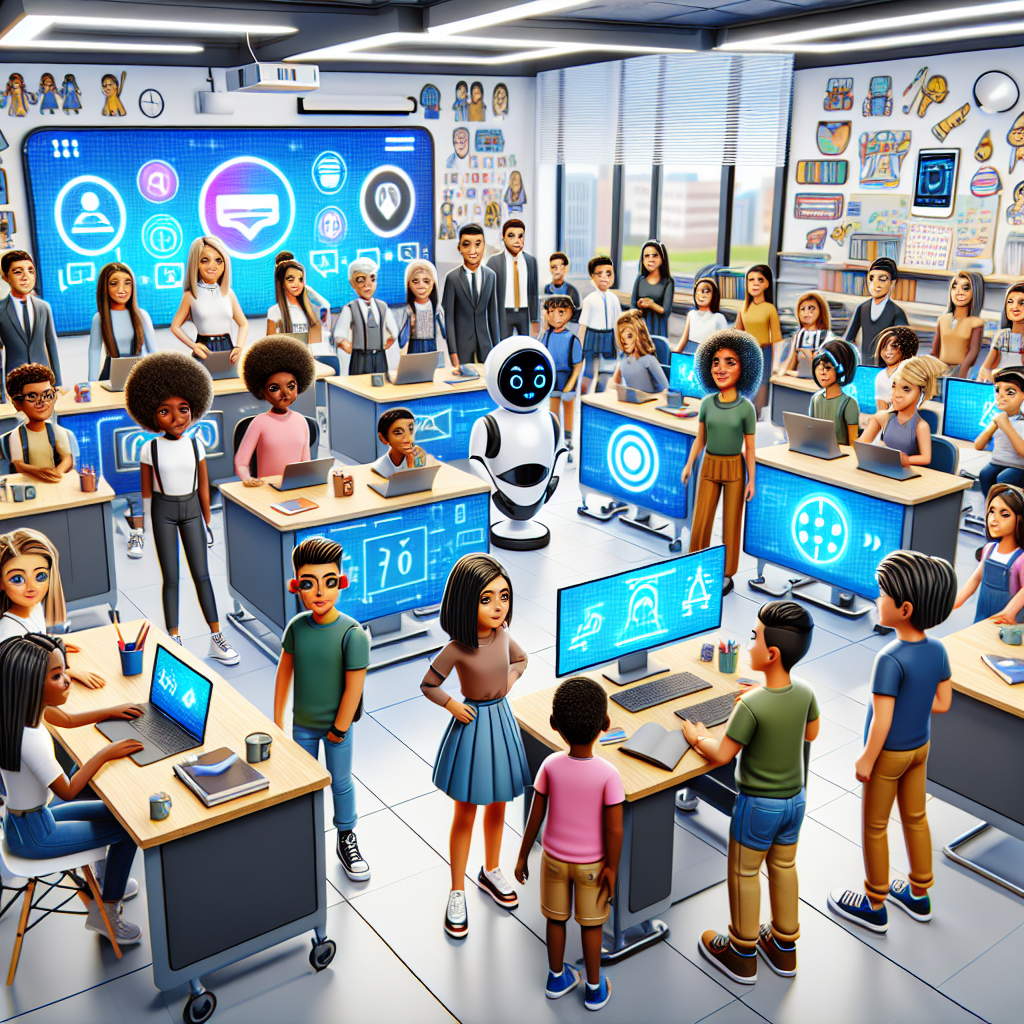The integration of artificial intelligence (AI) tools in education has been revolutionizing the way students learn and engage with course materials. With the advancement of technology, educators are now able to leverage AI tools to personalize learning experiences, promote student engagement, and improve academic performance.
AI tools have the potential to transform traditional teaching methods by providing real-time feedback, identifying student learning patterns, and offering personalized recommendations for each student. These tools can help educators create a more interactive and engaging learning environment that caters to the individual needs of each student.
One of the key benefits of using AI tools in education is the ability to enhance student engagement. By incorporating AI-powered chatbots, virtual tutors, and interactive learning platforms, educators can create a more dynamic and interactive learning experience for students. These tools can help students stay engaged and motivated by providing instant feedback, personalized learning materials, and interactive exercises.
AI tools can also help educators identify struggling students early on and provide targeted interventions to help them succeed. By analyzing student data and learning patterns, AI tools can identify areas where students may be struggling and provide personalized recommendations for additional support. This can help educators address learning gaps before they become more significant issues and ensure that all students have the opportunity to succeed.
In addition to enhancing student engagement, AI tools can also help educators streamline administrative tasks, such as grading assignments, tracking student progress, and managing course materials. By automating these tasks, educators can free up more time to focus on teaching and providing personalized support to students.
Furthermore, AI tools can also help educators create more personalized learning experiences for students. By analyzing student data and learning patterns, AI tools can provide personalized recommendations for learning materials, exercises, and assessments. This can help students learn at their own pace and in a way that is tailored to their individual learning styles.
Overall, the integration of AI tools in education has the potential to revolutionize the way students learn and engage with course materials. By providing personalized feedback, identifying learning patterns, and offering targeted interventions, AI tools can help educators create a more interactive and engaging learning environment that caters to the individual needs of each student.
FAQs:
1. What are some examples of AI tools that can enhance student engagement?
Some examples of AI tools that can enhance student engagement include chatbots, virtual tutors, interactive learning platforms, and personalized learning systems. These tools can provide instant feedback, personalized recommendations, and interactive exercises to help students stay engaged and motivated.
2. How can AI tools help educators identify struggling students?
AI tools can help educators identify struggling students by analyzing student data and learning patterns. By tracking student progress and identifying areas where students may be struggling, AI tools can provide targeted interventions to help students succeed.
3. Can AI tools help educators streamline administrative tasks?
Yes, AI tools can help educators streamline administrative tasks, such as grading assignments, tracking student progress, and managing course materials. By automating these tasks, educators can free up more time to focus on teaching and providing personalized support to students.
4. How can AI tools help educators create personalized learning experiences for students?
AI tools can help educators create personalized learning experiences for students by analyzing student data and learning patterns. By providing personalized recommendations for learning materials, exercises, and assessments, AI tools can help students learn at their own pace and in a way that is tailored to their individual learning styles.

